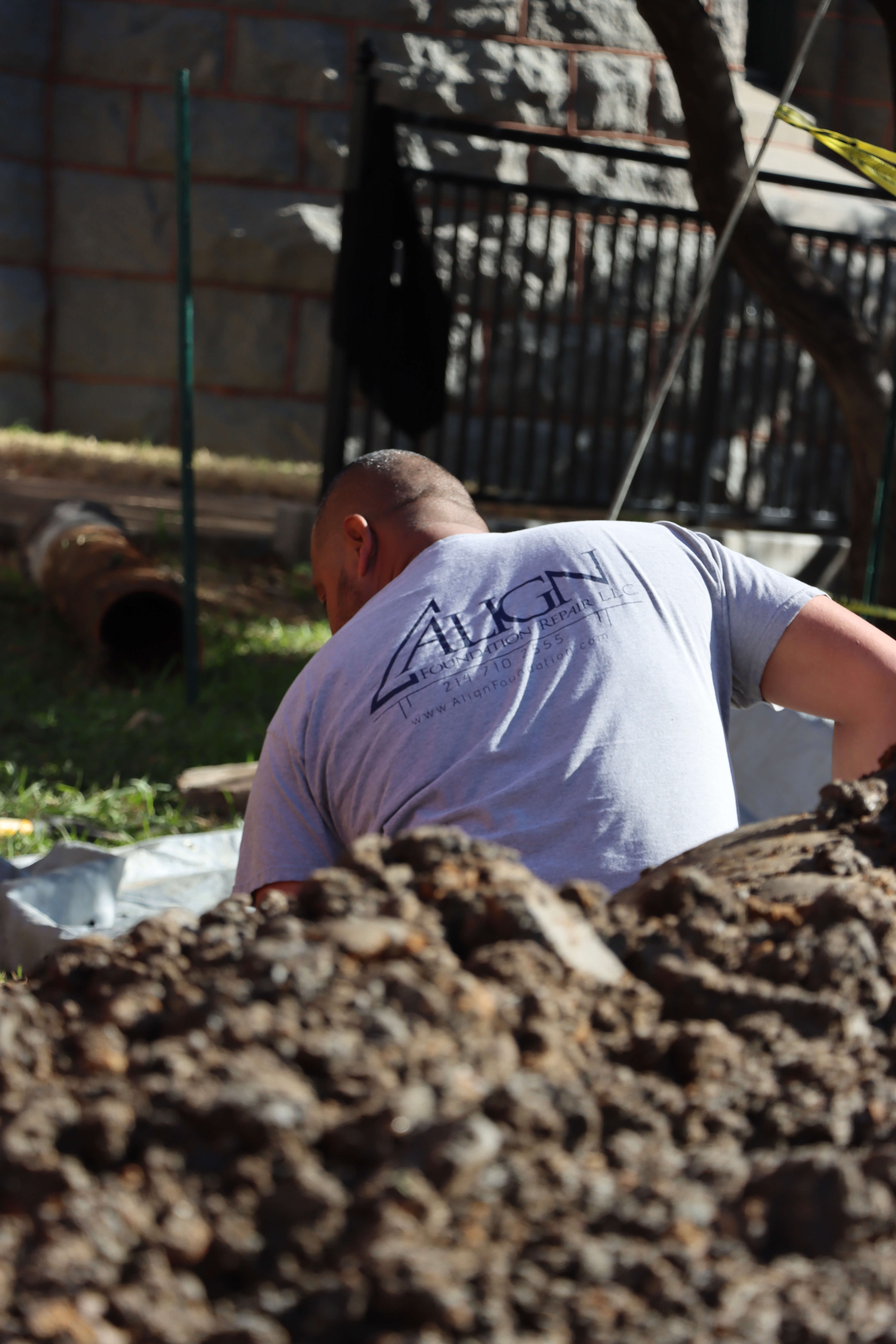Many North Texas homeowners recognize the signs of a settling foundation. However, some hesitate to take action, fearing the process will destroy their landscape. This will hurt the curb appeal they have invested so much in to make their property an eye-turner. The truth is that foundation repair will have some impact on your landscape. There is simply no way around this especially if the work requires excavation. The question is the degree of impact.
Foundation Repairs Don’t Always Disturb the Landscape
There are some instances where your landscape will be mostly unaffected. If you detect damage early on, the foundation may simply have settled or sloped by an inch or two. If you need only minor work, affect is minimal.
What Factors Will Affect Changes to the Landscape?
If damage is severe enough, it may require concrete or steel piers and beams. These need to be installed below the foundation. Naturally, this requires digging. The extent to which this will affect the landscape depends on multiple factors, such as:
- The degree of concrete damage
- The size of your property
- Physical obstructions like tree roots
As a general rule, the excavation work will require a minimum working space of 4-feet beyond the foundation’s perimeter. Anything inside the boundary can get disturbed. Beyond the digging, an area will need to be allotted for displacing the soil from the excavation. Existing foliage may have to be removed to create room for the work to be done.
How to Restore the Landscape
After determining the appropriate remediation steps, the technician will assess ways to keep landscape disruption to a minimum.
Keep in mind that if you have trees or shrubs that fall within the working space, they may have to be uprooted and moved. We must stress though, that this is actually beneficial. A tree that close to your home poses a risk to your foundation. The roots can extend and shift the soil below the foundation, causing shifting that can crack or split the concrete.
We Keep Landscape Damage to a Minimum
We will do our very best to minimize any damage to your landscape. If portions of your landscaping are affected, we will provide you with foundation landscaping options to restore the curb appeal. Call Align Foundation Repair for an evaluation and free estimate.






